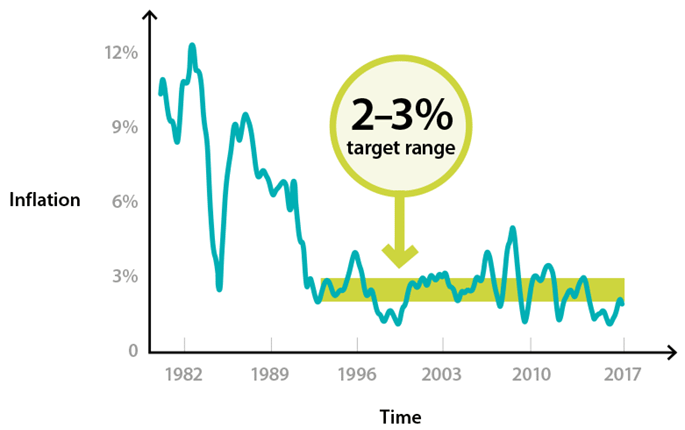Content

Some will receive an on-sale code the afternoon before tickets go on sale. However, a pre-sale code does not guarantee you a ticket, and only a percentage of the total number of tickets will be reserved for the fan pre-sale. For information on order-related production, refer to the document Logistics Production Planning . Costs are transferred to the work in process account using the following accounting source documents. (iv) Each batch is assigned a specified number or code which is mentioned on the products.
- Batch Costing is often used when companies produce products in batches or when companies produce a variety of products.
- The first step is to calculate the production overhead to be applied to the batch based on the predetermined rate.
- Each job is treated as a separate entity for the purpose of costing.
- The concept of economic batch quantity is quite similar to economic order quantity.
Batch size means the number of products or articles to be included within one batch. This size is decided by production planning and control division of business enterprise. A distinct batch number batch costing is a variant of is given to every batch for easy identification of all concerned details. Setting up production for small quantities will also be uneconomical since set-up costs are to be borne by few units.
Valuation of Assets: Fixed, Current, Inventories, Trade Debtors
The batch profit and unit profit can now be calculated as follows. (ii) The production is done for own stock to be sold to customers. (i) The production is carried on in batches and each batch consists of a specified number of similar products. This figure is then multiplied by the number of units in each individual unit to determine the cost of each individual unit. Batch costing can also be used to assess the efficiency of production and to identify areas where costs can be reduced.

The economic batch quantity also helps in eliminating the setting up time involved whenever batches of articles are produced. The concept of economic batch quantity is quite similar to economic order quantity. In batch costing, the determination of economic batch quantity assumes more importance. In fact, determining the size of the batch is a problem by itself under batch costing. This is so because, if the batches are many, the economies arising out of large scale production is not taken advantage of. The other factors considered in determining a batch of articles to be manufactured are the capacity of machines, flow of work, treatment of work-in-progress and such other operation factors.
“BMS Subjects: A Comprehensive Guide to Business Management Studies” – Download Free pdf
The diagram below sets out a summary of the batch costing accounting system for two identical batches A and B and identifies the cost transfers in relation to Batch A. The manufacture of wooden pencils may be by batch so that a batch includes pencils of different colours, sizes or lead softness. With unit costing, costs are assigned to each individual unit of production.
The procedure for ascertaining the cost of the batch is similar to that of Job Costing. As in the case of Job Costing, a number is allotted to each batch of production and accordingly, costs are accumulated. Material requisitions priced appropriately by the Costing Department are allocated directly to the batch concerned. For our toy maker, we can assume that they produce to order and take their customers’ demand into consideration when determining EBQ. This means that they will look at what they can sell each unit for, as well as how many units can be sold if they go over the maximum production number. To calculate EBQ we must find the value of total cost that yields a profit between zero and the maximum benefit of production.
Add batch costing to one of your lists below, or create a new one. The increase in batch size results in the increased carrying cost and vice-versa. You can view the product cost collector from within the manufacturing order. The valuation variant specified in the Costing variant actual of the product cost collector is used to valuate the data confirmed for the manufacturing order. You create a product cost collector for the material, plant, and Production Process. Assuming a selling price of a unit is 40.00, calculate the unit and batch profit.
Advantages of Batch Costing
For instance, in manufacturing component parts for final assembly of radio sets, watches, etc., Batch Costing can conveniently and gainfully be used. A Ready-made Garments Factory may make shirts in suitable batches according to size and keep in stock for sale on demand. With batch costing, costs are assigned to groups or batches of units.
So when the product costs $15 (price minus fixed costs) and you can sell it for $16, you have a perfect per-unit break even situation. If you sell them for $15.85, you are still making money and should produce more toys. These costs would be based on the actual costs incurred in producing the batch, and would not include the costs of the individual components that make up the automobiles.
Accounting recording for Batch Costing
Under this method, the total cost of the batch is divided by the total number of units in the batch. There are a number of methods that can be used to calculate the cost of a batch, and the method that is used will vary depending on the specific industry and product. Job order costing is typically used when producing custom products or when providing services on a one-time or ad hoc basis. Batch costing is used when there are groups of similar products that are produced together and costed as a group. Process costing is used when products are produced continuously and the costs are averaged over a period of time.
Batch costing is best suited to those industries using job order or progressive accounting system of bookkeeping. Each job or contract is considered as a separate unit for cost ascertainment. (2) When quantity of goods to be manufactured differs from customer to customer, again it becomes difficult to determine the batch.
The industry is known for its high research and development costs, complex manufacturing process and stringent quality control measures. When the product costs $16.45, again it is desirable to produce more of them (the break-even point is $17.70). This is the number of units that can be produced with the available materials. Process costing is used more by oil and mining industries, who may produce products continuously. Batch costing is useful in industries where there is a need to produce products that are interchangeable or commensurable.

On the other hand, under batch costing, production is taken up to be held in stock and sold on demand and also on receiving specific orders from customers. But under batch costing, a batch of products is treated as a cost unit. In the pharmaceutical sector, for example, a batch of tablets is produced rather than a single tablet. So, when determining the cost of each batch, we will take into account the material cost per batch, the labor cost per batch, and any other expenses per batch. To compute the cost per unit, we must divide the entire batch cost by the total batch units. Additionally, this approach may be less effective in service-based businesses.
Since a large number of products have to be manufactured together and since they pass through the same process of production, it is convenient to collect their costs of manufacture together. Here, similar products are clubbed together in the form of a batch and this batch is regarded as one job. Further, the cost information of the complete batch then helps to determine the unit cost of the articles produced. Job costing is a costing method that assigns costs to individual jobs or projects. Batch costing is a costing method that gives costs to batches of products.
ACCA MA Syllabus C. Cost Accounting Techniques – C3ai. Job and batch costing – Notes 1 / 9
To find cost per unit, the total cost of a batch is divided by the number of items produced in the batch. While batch costing is often used in manufacturing, it can also be used in other industries, such as retail. For example, a retailer may use batch costing to track the cost of producing a group of items, such as a batch of winter coats. The main use of batch costing is to provide information for pricing decisions. This is because the price of a product is often based on the cost of production.